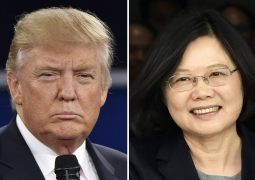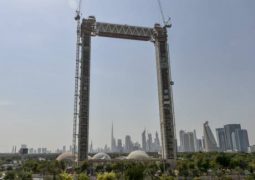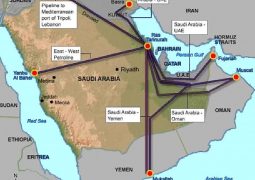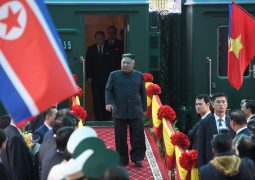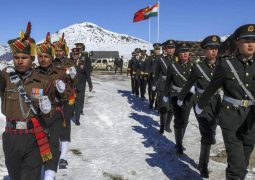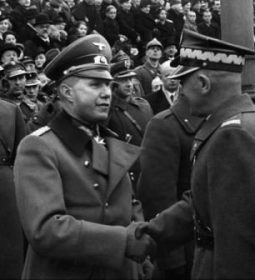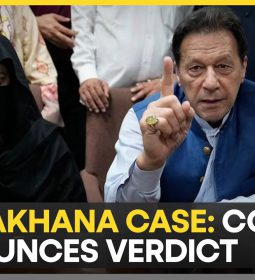Trump to unveil plans for an ‘Arab NATO’ in Saudi Arabia
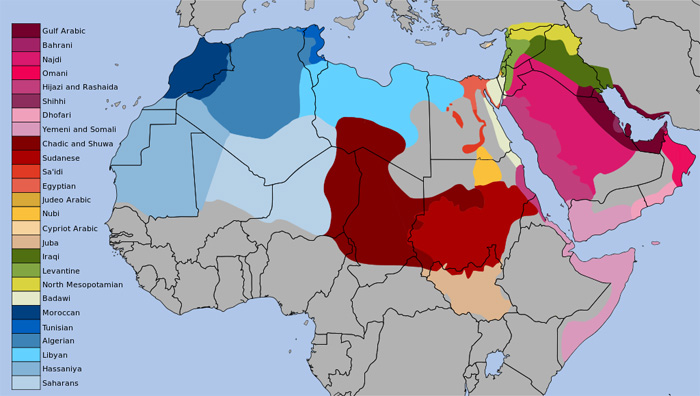
Behind the scenes, the Trump administration and Saudi Arabia have been conducting extensive negotiations, led by White House senior adviser Jared Kushner and Saudi Deputy Crown Prince Mohammed bin Salman. The discussions began shortly after the presidential election, when Mohammed, known in Washington as “MBS,” sent a delegation to meet with Kushner and other Trump officials at Trump Tower.
After years of disillusionment with the Obama administration, the Saudi leadership was eager to do business. “They were willing to make a bet on Trump and on America,” a senior White House official said.
In that meeting and during a follow-up meeting three weeks later, the Saudis proposed a broad elevation of the U.S.-Saudi relationship and proposed various projects to increase security cooperation, economic cooperation and investment, White House officials said. The Trump team gave the Saudis a list of Trump priorities, calling on the kingdom to step up actions to combat radical Islamic extremism, intensify the fight against the Islamic State and share the burden of regional security.
In recent weeks, the Trump administration has tasked various government agencies to develop a series of announcements Trump will make this weekend. Secretary of State Rex Tillerson is now heavily involved. One main objective is to put forth a framework and basic principles for a unified Sunni coalition of countries, which would set the stage for a more formal NATO-like organizational structure down the line.
“We all have the same enemy and we all want the same thing,” the official said. “What this trip hopefully will do is just change the environment.”
The idea of an “Arab NATO” has been bandied about for years — and has always had strong Saudi support — but until now was never openly endorsed by the U.S. government. Officials said the concept fits three major tenets of Trump’s “America First” foreign-policy frame: asserting more American leadership in the region, shifting the financial burden of security to allies and providing for U.S. jobs at home (through the massive arms sales).
The president is looking for an answer to the question of how the United States can eventually hand over security responsibility in the region to the countries that are there, officials said.
Reports from the region about early discussions of the project said that in addition to Saudi Arabia, initial participants in the coalition would include the United Arab Emirates, Egypt and Jordan, with the United States playing an organizing and support role while staying outside the alliance.
The White House admits that many of the details of how the new alliance will operate remain to be worked out. The countries of the region harbor deep historical grievances and don’t agree on key issues, including the way forward in Syria. A 2015 effort by Egypt to establish a pan-Arab fighting force collapsed due to squabbling among the countries involved.
“This is the sort of gesture many of America’s security partners have been looking to get from the United States for many years,” said Brian Katulis, a senior fellow at the Center of American Progress. “The value of any such a pact would depend on the results it produces — whether it achieves greater stability, helps resolve conflicts like Yemen and Syria, and achieves progress in the fight against terrorist groups across the region.”
The most concrete part of the idea is a mammoth U.S. arms package for Saudi Arabia that Trump will also announce in Riyadh. Final details are still being worked out, but officials said the package will include between $98 billion and $128 billion in arms sales. Over 10 years, total sales could reach $350 billion.
The sales include huge upgrades for the Saudi army and navy to include Littoral Combat Ships, THAAD missile defense systems, armored personnel carriers, missiles, bombs and munitions, officials said. Some of the production and assembly could be located in Saudi Arabia, boosting MBS’s project to build a Saudi domestic defense industrial capability. But most of the items would be built by American defense contractors.
“The U.S. has sought for a long time to get the Saudis to do more to focus on its navy, to modernize and make the forces in the Gulf more effective,” said Anthony Cordesman of the Center for Strategic and International Studies. “From the U.S. perspective, the stronger the Saudi deterrent is, the lower the risk of any military confrontation with Iran.”
The pending announcements of the new security framework and the huge arms deal are evidence that the Saudi courtship of the Trump White House has been successful beyond expectations. Whether that results in real stability in the region, real progress against terrorism or real deterrence against Iran depends on what happens after Trump’s overseas trip is over.
- Previous Trump Imposes Iran Missile Sanctions and Keeps Nuclear Deal
- Next The US Will Never Win the War in Afghanistan



